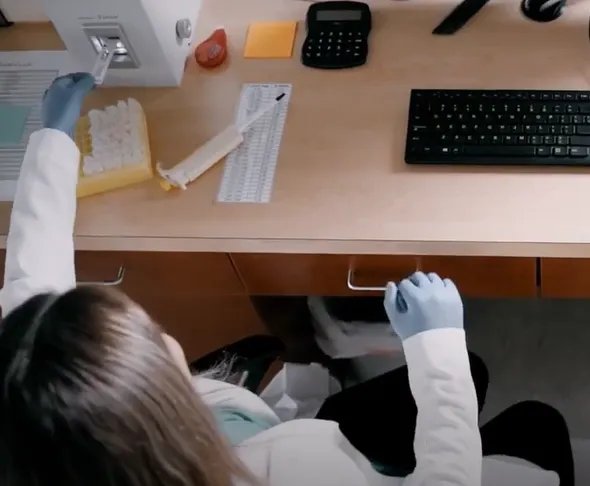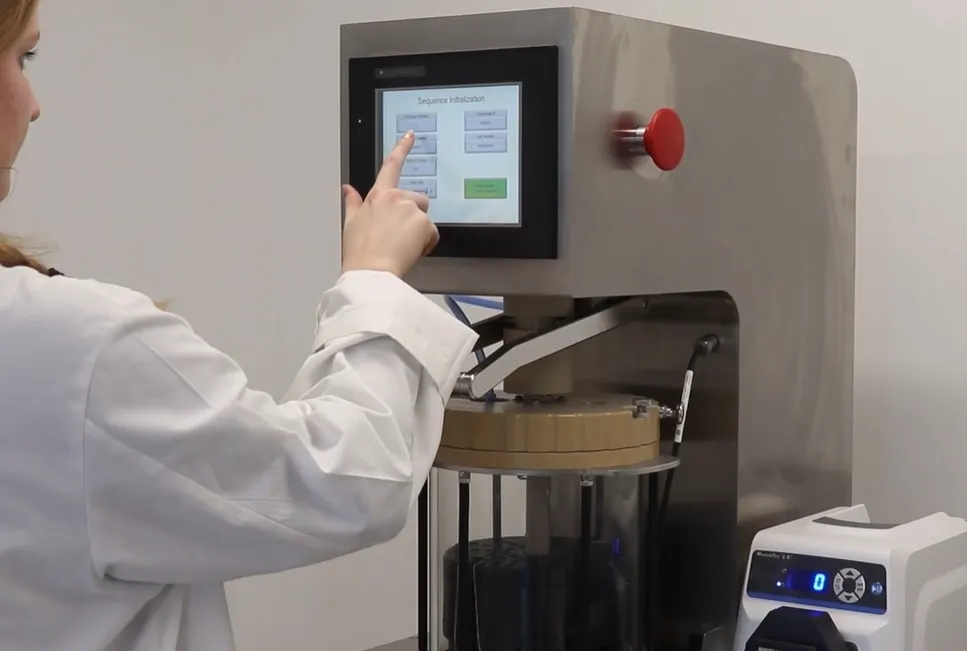Demineralization and decellularization are two critical processes that have become indispensable in the field of regenerative medicine. Both techniques are pivotal in the development of advanced biomaterials and tissue engineering strategies.
Demineralization and decellularization harness the regenerative potential of biological tissues, offering new avenues for therapeutic applications, and ultimately revolutionizing modern medicine.
Demineralization is a process that removes mineral content, primarily calcium and phosphates, from biological tissues such as bone. The technique transforms rigid mineralized matrices into flexible and biocompatible scaffolds, rich in native extracellular matrix components.
Demineralized bone matrices have become important tools in orthopedic surgery and tissue engineering, facilitating bone regeneration and repair. These demineralized scaffolds serve as templates for new tissue growth and promote cell attachment, proliferation, and differentiation, making them indispensable in various regenerative medicine applications.

Decellularization is a transformative technique that involves the removal of cellular components from tissues, leaving behind the intricate extracellular matrix (ECM). This acellular scaffold retains the structural, mechanical, and biochemical cues essential for tissue regeneration.
Decellularized matrices provide an environment that favors host cell migration and tissue reconstruction. The resulting bio scaffolds are employed across a wide range of therapeutic areas, from cardiovascular tissue engineering to organ transplantation.
Decellularized tissues, such as heart valves, blood vessels, and trachea, offer immense promise in advancing the field of regenerative medicine, as they can be repopulated with patient-specific cells, minimizing the risk of immune rejection.

Demineralization and decellularization stand as cornerstones in the realm of regenerative medicine, offering transformative approaches to tissue engineering and transplantation. As the tissue banking community continually refine these techniques and explore their synergistic applications, the potential to revolutionize modern medicine becomes increasingly possible.
The versatility of demineralized and decellularized scaffolds, coupled with their ability to foster tissue regeneration and repair, holds the promise of addressing previously untreatable medical conditions and improving patients’ quality of life. As the field advances, the importance of demineralization and decellularization in shaping the future of regenerative medicine remains paramount.
Contact us to learn more about our Demineralization and Decellularization technology.


